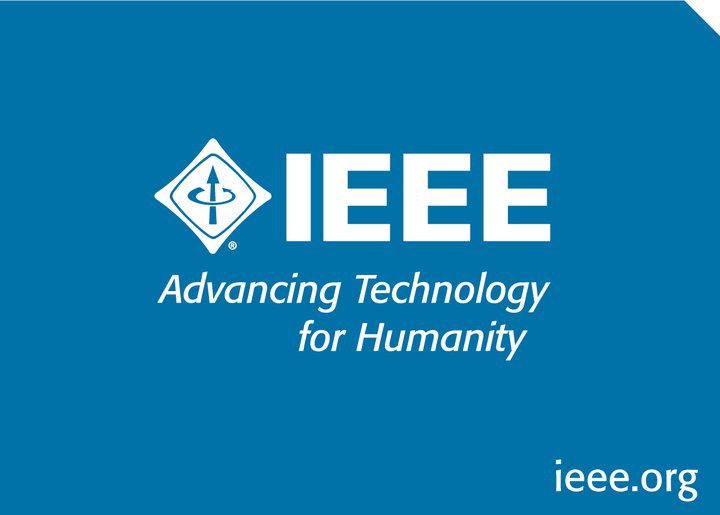
Latest News
November 13, 2015
If you wander the show floor at additive manufacturing (AM) conventions such as RAPID you’ll hear plenty of pitches on how 3D printing can help various industries. Company reps will line up to tell you specs, show finished objects, or offer to set up demonstrations. What you aren’t likely to hear a lot about is standardization or regulation of the technology.
Part of the reason for the lack of standards or regulations is the relative age of AM. Although it has been 25 years since 3D printing emerged, it’s only been in the last decade or so that companies have truly embraced the technology for more than prototyping. The IEEE is working to develop the necessary standards and regulations that could lead to increased adoption of 3D printing.

In September, the IEEE turned its gaze on home (or “consumer”) 3D printing with the intent to develop a framework for defining commonalities in data abstraction, quality, protection and safety.
“Consumer 3D printing technology is emerging rapidly and there is a need to incentivize industry adoption of standards specific to the marketplace, and to be cognizant of unique challenges where 3D printed items from a wide range of future equipment will need to produce identical results in order to achieve broader market acceptance,” said Yu Yuan, chair, IEEE Consumer 3D Printing Working Group.
“IEEE P3030 is focused on standards development to establish quality metrics and accuracy grades so that printed materials at the consumer level can be assembled faultlessly, while also addressing issues related to privacy, security and control measures.”
In addition to home 3D printing, the IEEE has set up a working group to develop P3333.25, which would create standardization for Bio-CAD file formats used in medical AM. The group intends to define and standardize Bio-CAD based on Sectional Scan image data containing surface and volumetric information. The standardization would have a direct effect on medical 3D printing related to pathologic models and medical instrument printing based on two-dimensional images, three-dimensional medical data and various other medical data.
The development of standards for data collection related to medial AM will only increase the rapid adoption of the technology by the medical field. Few recent technologies have had as much to offer medicine as AM. Researchers have found uses for 3D printing in everything from building better drugs, to creating less expensive prosthetics.
Below you’ll find a video that discusses how IEEE develops new standards.
Source: IEEE
Subscribe to our FREE magazine, FREE email newsletters or both!
Latest News
About the Author
John NewmanJohn Newman is a Digital Engineering contributor who focuses on 3D printing. Contact him via [email protected] and read his posts on Rapid Ready Technology.
Follow DE





